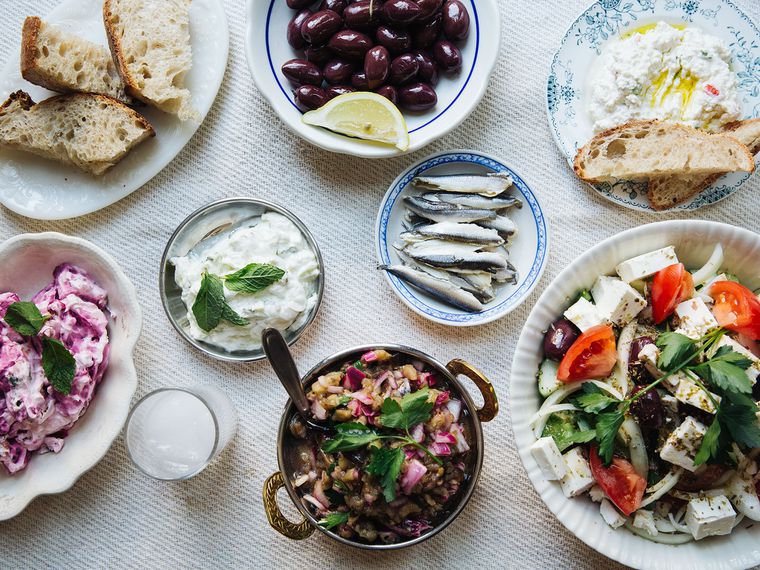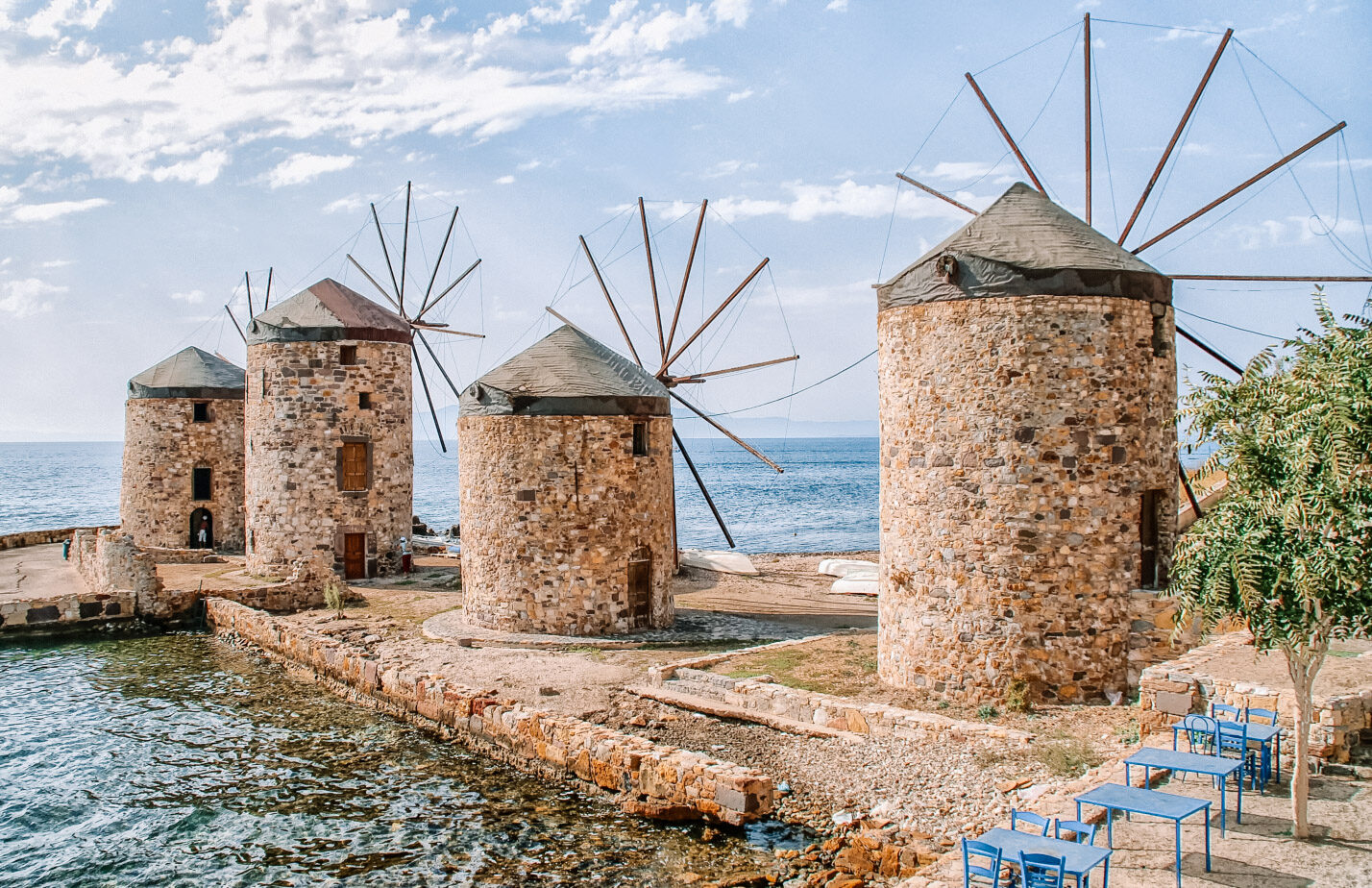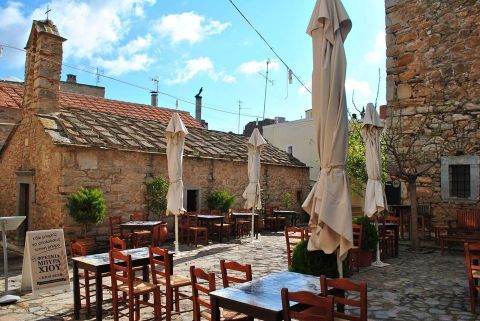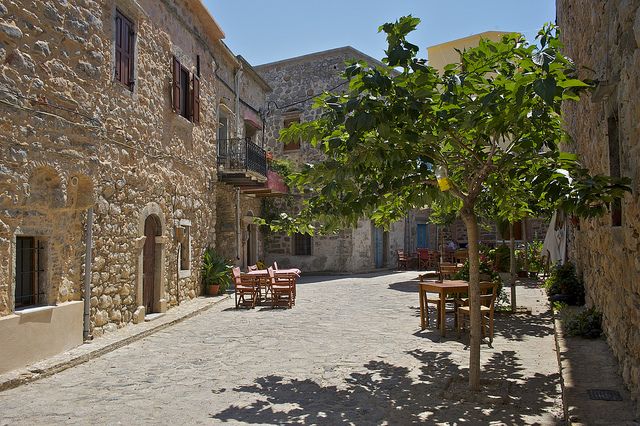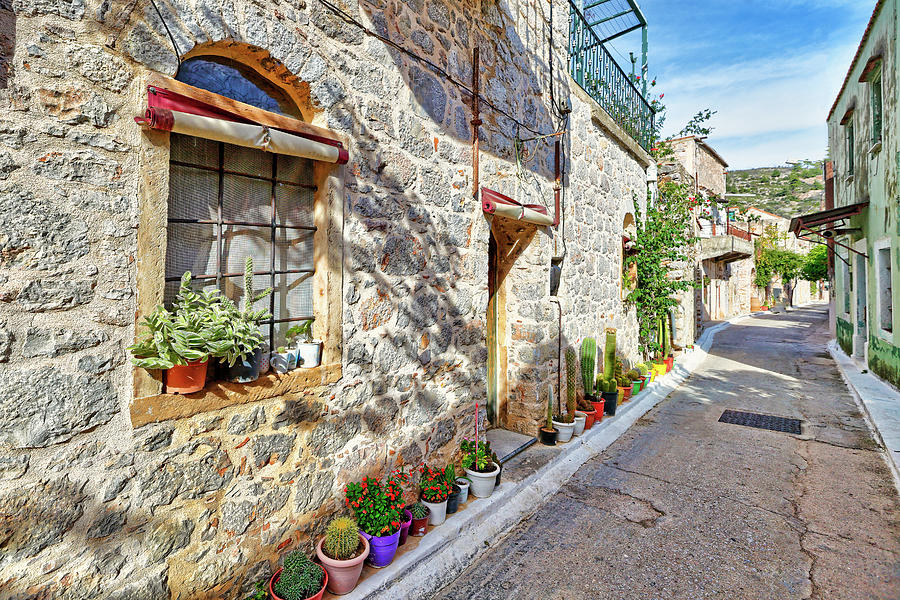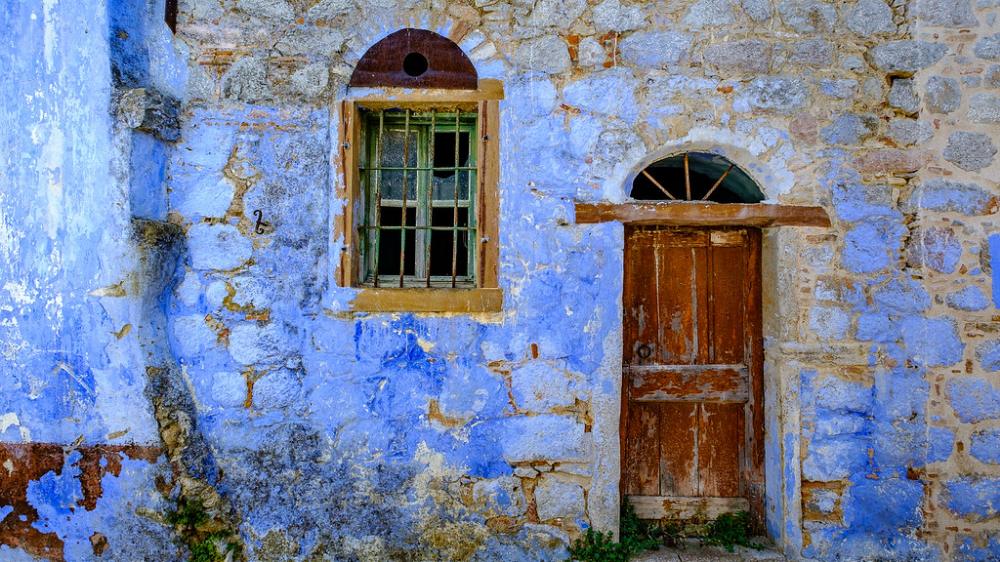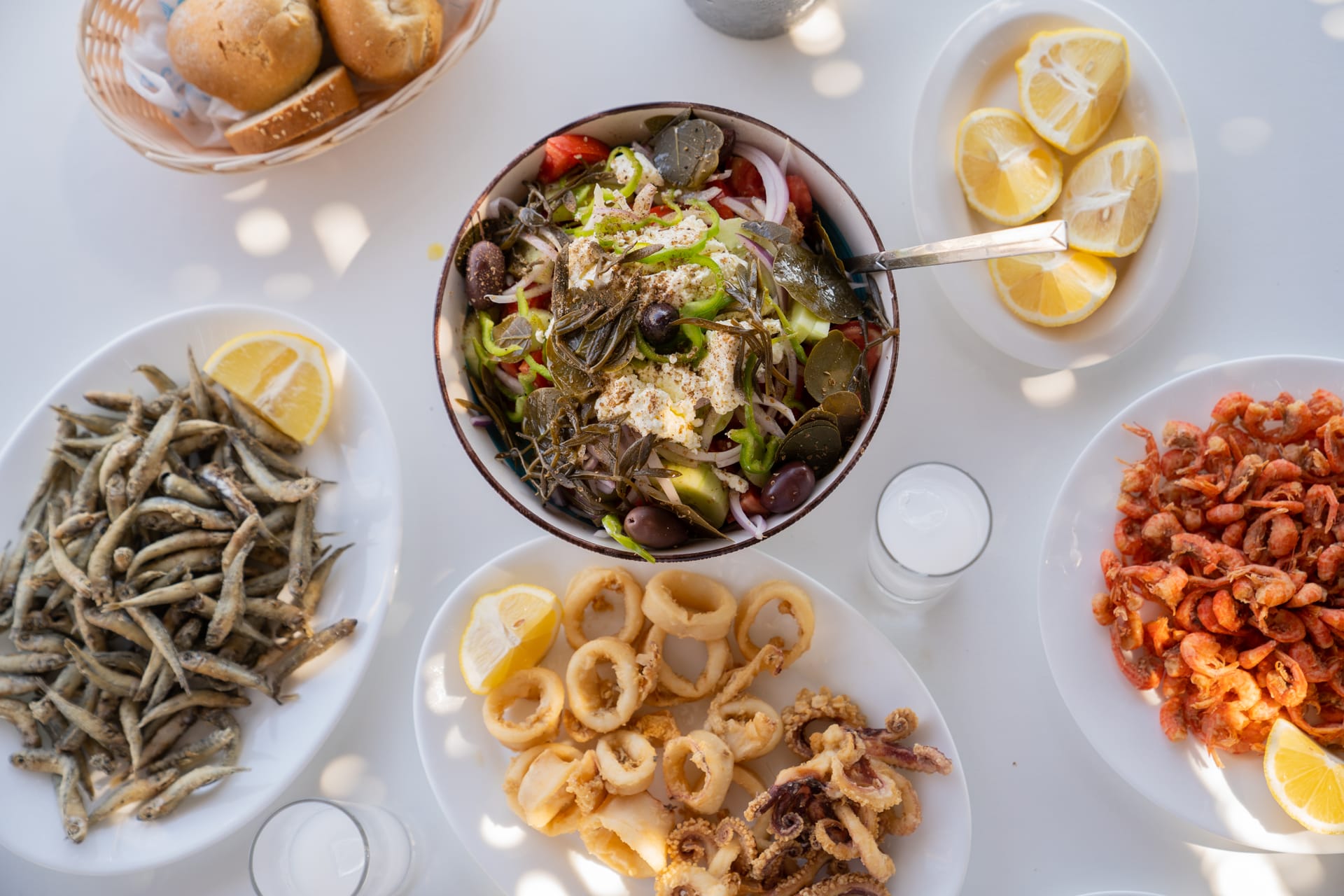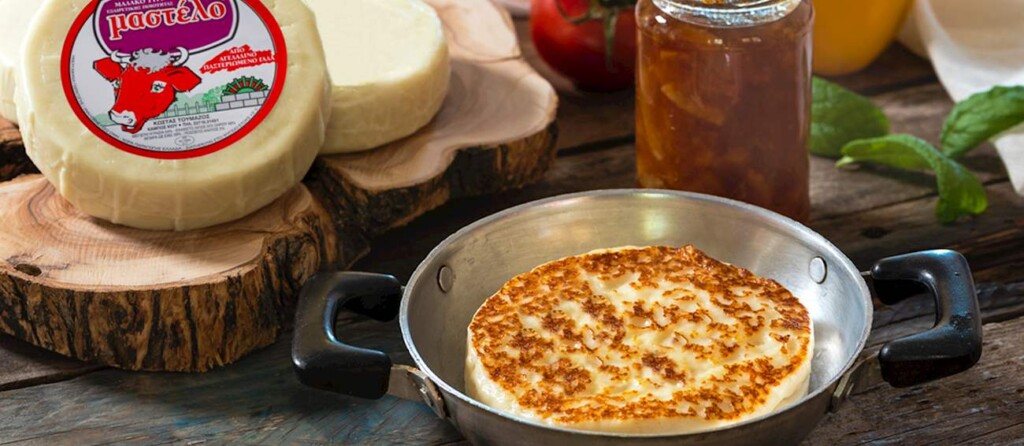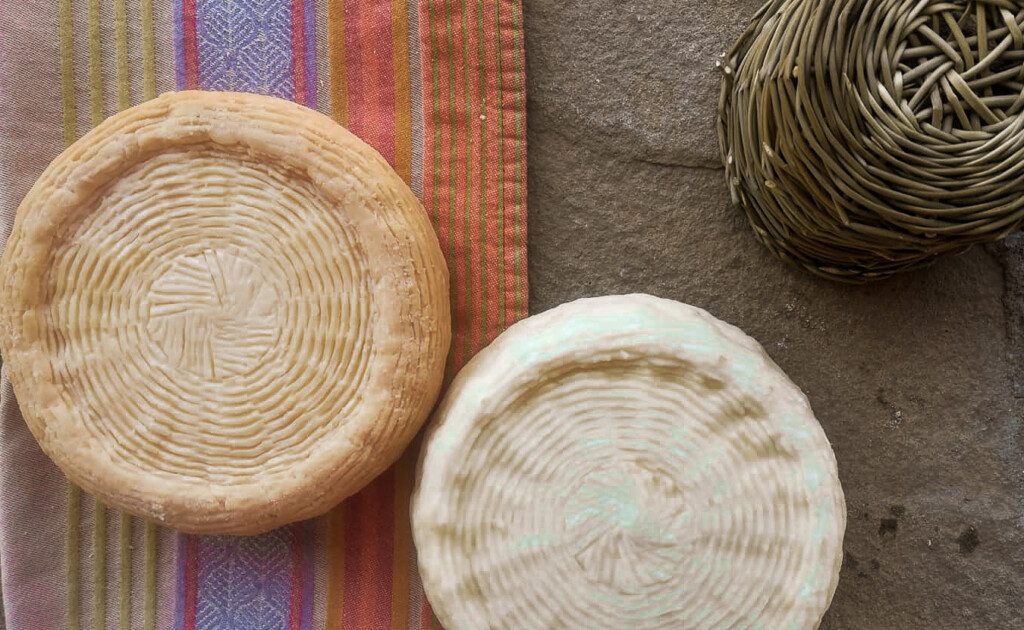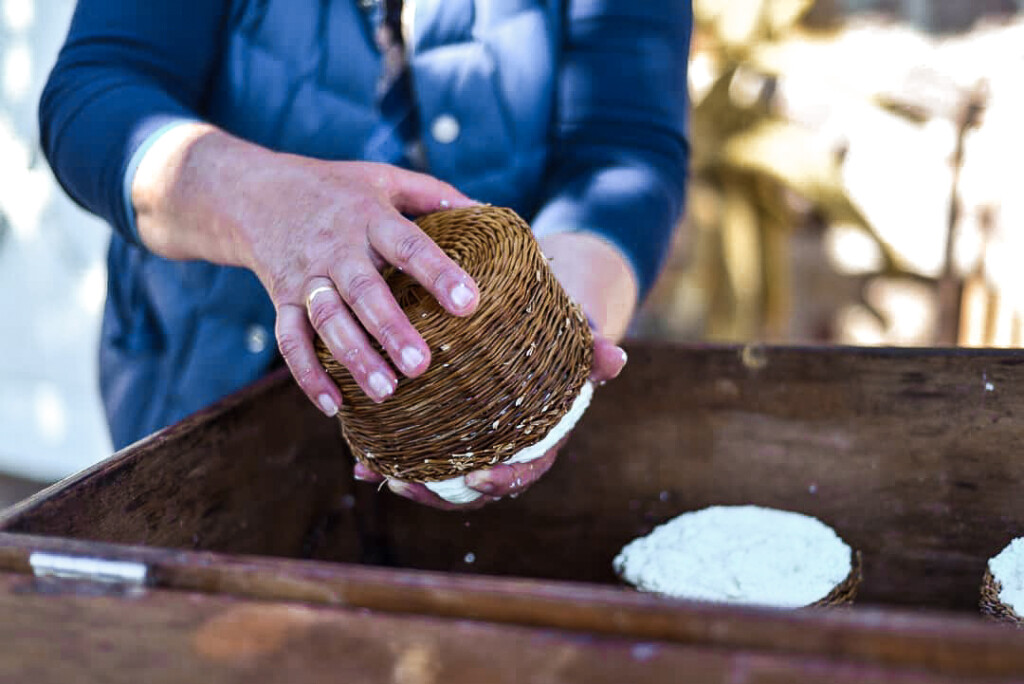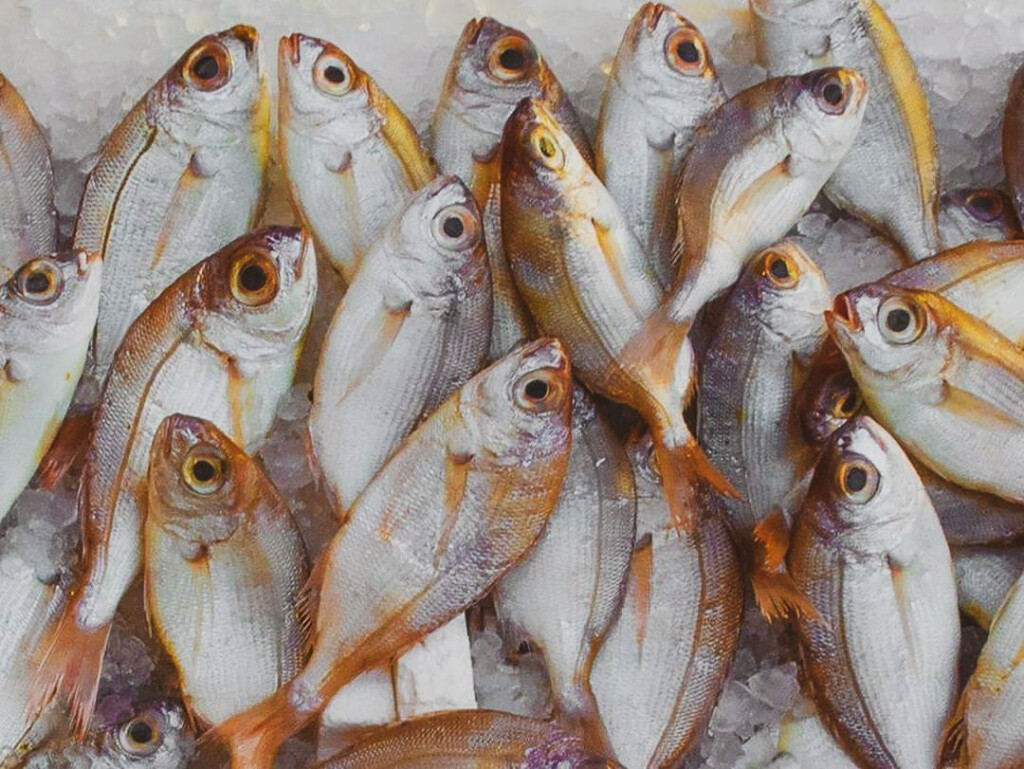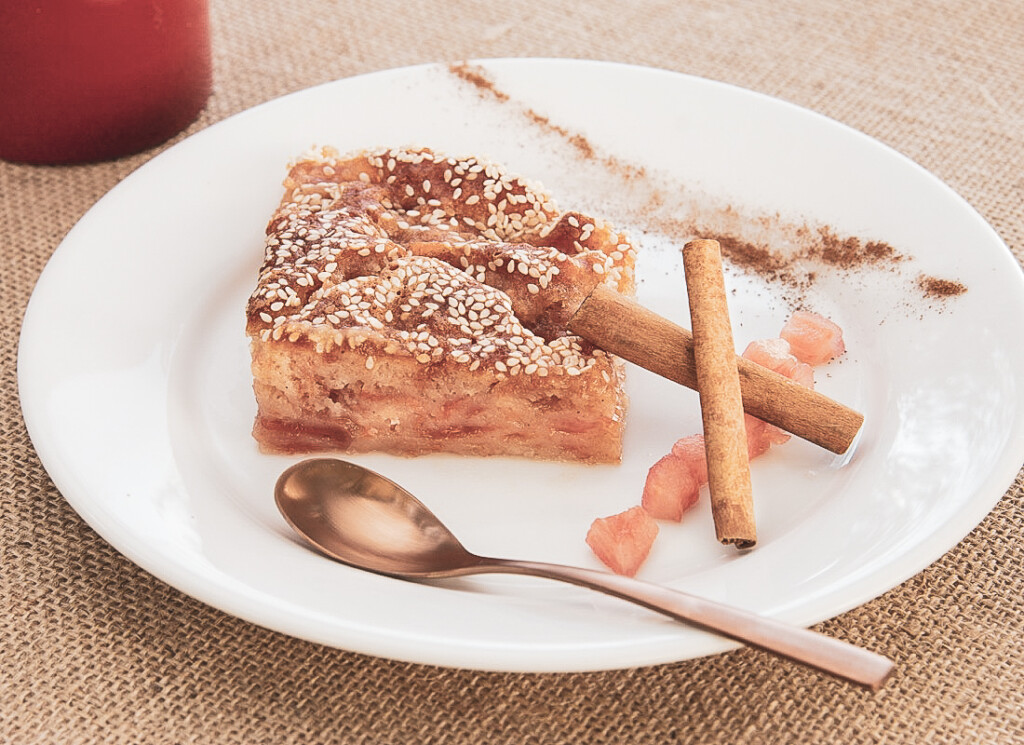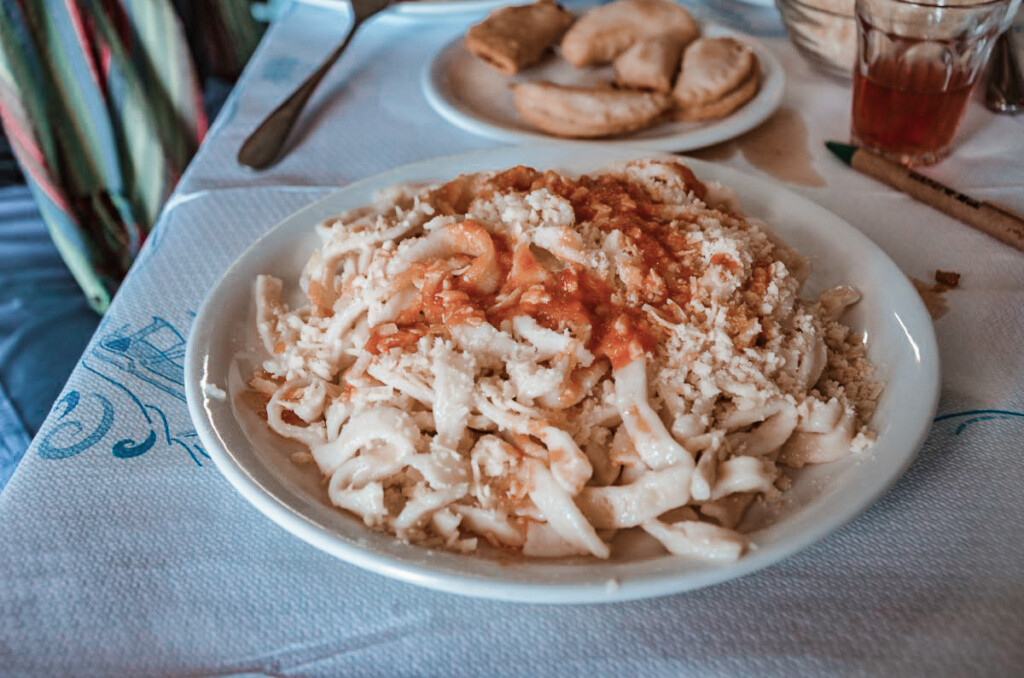The Cyclades made up of around 30 inhabited islands, are not only characterised by dazzling coastlines, rugged landscapes (except for Andros, known for its abundance of water and greenery), a rich ancient history, whitewashed box-like buildings with cobalt blue shutters and but also by the simple, succulent, generally healthy and pure cuisine of the island group.
Occupations by pirates, the Franks, Venetians, Ottomans and Maltese left their mark on these islands on many levels, including their culinary philosophies.
Since 2000 when the face of tourism began to change the islands, their cuisine changed too, with more international styles, techniques and ingredients bringing more creativity, finesse and sophistication to their valuable PDO products like bresaola-style louza, honey, Santorini tomatoes and fava, a variety of cheeses and capers.
Winemaking too has become a common attribute of this island group, with Santorini (and its 17 wineries) remaining the star. Here we offer you a guide to help you know what not to miss when you’re travelling around the Cyclades.
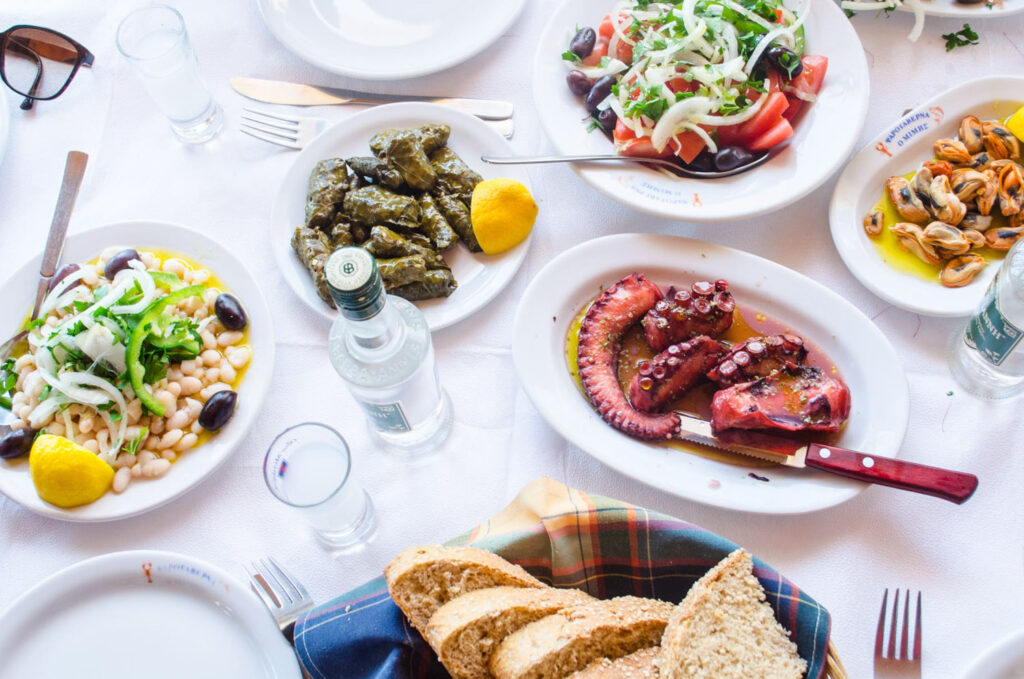
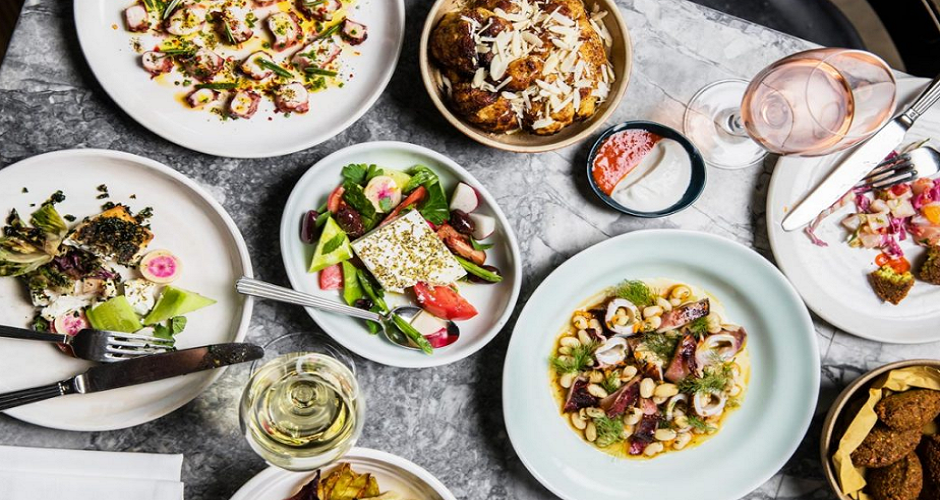
Fish
The Cycladic islands are more meat (especially pork) oriented than fish, although the beloved kakavia fish soup is made in different renditions. Kakavia, traditionally the “fisherman’s soup” is made by combining various kinds of fish or parts of fish, with tomatoes and in some renditions with celery as well as plenty of olive oil and lemon or avgolemono (egg-lemon) sauce.
In Syros fish dishes are more unique – atherina fish is cooked with onion, tomato and egg, and locals also have a real taste for shark meat.
Cheeses
The Cyclades are known for their delicious cheeses: goat an cow’s milk gruyere (graviera) and mild myzithra from Naxos, sharp xinomyzithra from Paros and flavoursome San Michali from Syros, trovolia from Mykonos (also made in a version with sugar and dry figs) which is the star of the island’s beloved kopanisti, also loved in Astypalea and Chios.
These and other cheese become the inspiration for pies – both sweet and savoury – made in different styles in each of the islands; small and fried, large and mixed with herbs, drizzled in honey and sesame and other dishes.
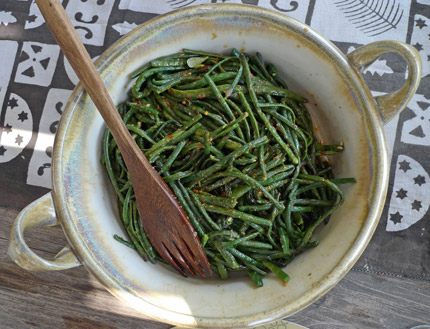
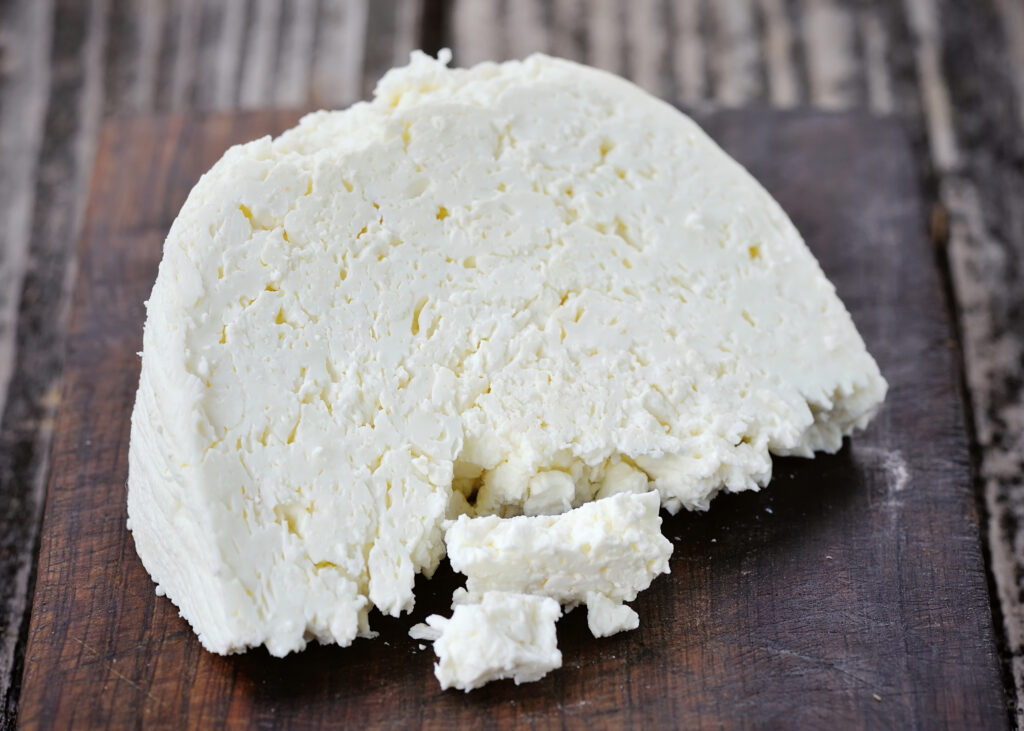
Beans
Thin, long green beans known as ambelofasoula are easily found in the Cyclades, and they’re often eaten boiled as a salad with lemon and oil or even alongside skordalia garlic sauce in some islands.
Black-eyed beans are also commonly served around these islands, served with Feta, tomato and cucumber as a salad, or sautéed with greens. Chickpeas are especially popular in Paros and Sifnos, where they are traditionally slow-cooked overnight in a revithada soup made in a clay pot.
In Sifnos revithokeftdes (chickpea patties), like falafel crispy on the outside and fluffy on the inside, are also a popular treat.
Santorini is known for its creamy, rich yellow fava, made with split peas and usually served with a topping of raw or caramelised onions, capers and lemon juice.
Legumes
Capers (which are actually flower buds that when left to blossom create beautiful purple and white flowers) grow wild on rocky walls and enclaves around the Cyclades, and in-the-know locals rush to gather them at the end of June to pickle them in saltwater and then vinegar for the year.
Santorini is famous for its flavour-packed tomatoes, grown by hydration rather than watering, and these make for not only excellent salads and sauces but the island’s well-known tomato fritters (domatokeftedes). In Andros, most green grocers sell the massive courgette-like vegetable called lyraki, which is eaten boiled with oil and lemon.
Meat
Pork products especially are characteristic of Cycladic cuisine mainly rooting back to the annual pig slaughtering tradition that began in pre-refrigerator days, when the animals were killed and every part of them was made use of in a fresh but mainly preserved form – sausages and cured louza ham. Other popular meats are lamb and in some islands, game.

